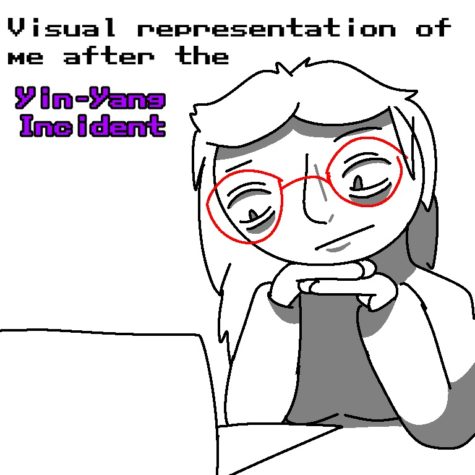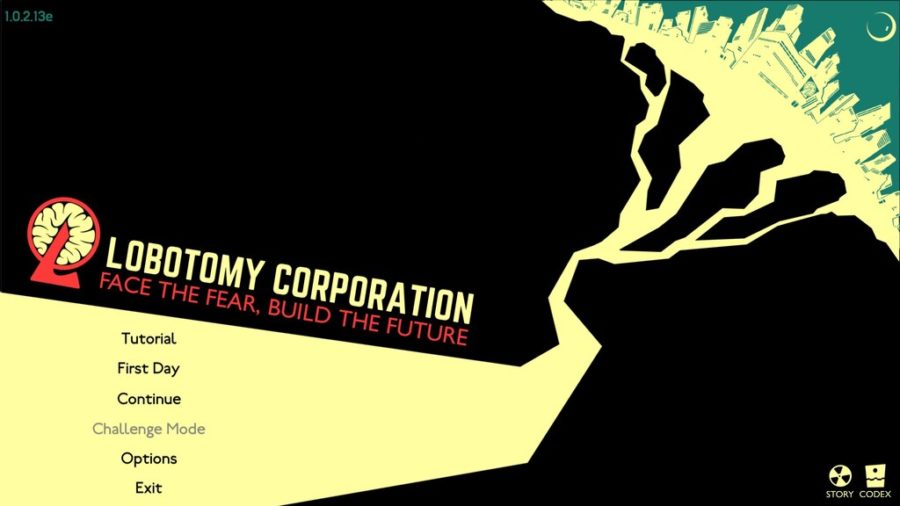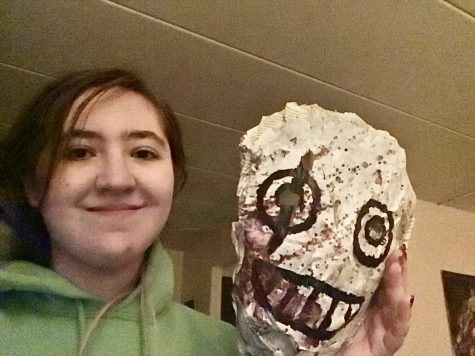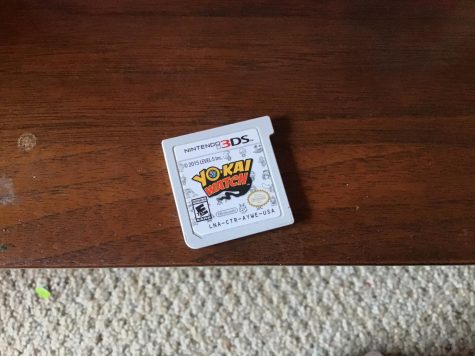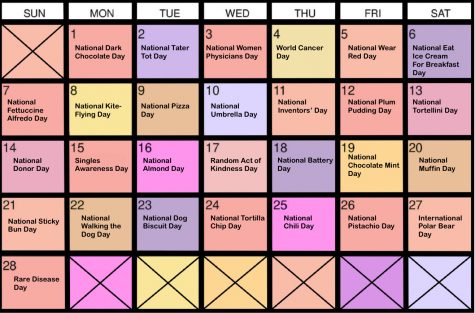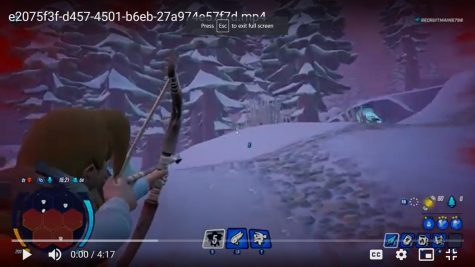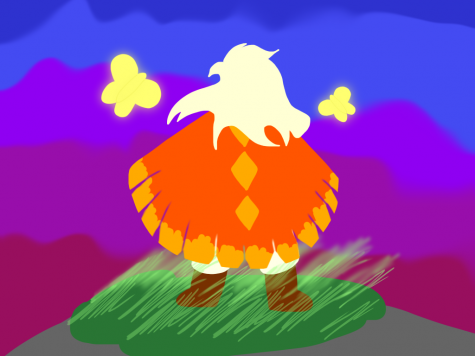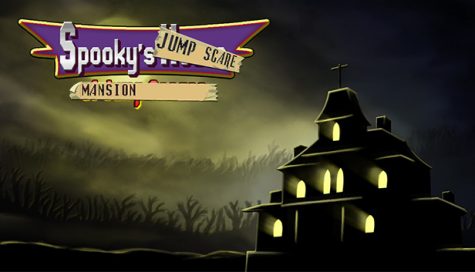“Face the Fear, Build the Future”: An Overview of Lobotomy Corporation
“That abnormality was so cute~ then it opened its mouth.”
Lobotomy Corporation title screen
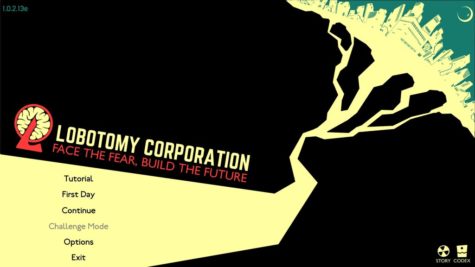
You’re scrolling through the internet, looking for something terrifying to play, when out of the corner of your eye, a little game pops up in your Steam recommendations. It’s a monster management game, and you’re in control. Dictate your employees, serve the public, sacrifice your workers—wait, sacrifice? Lobotomy Corporation has finally caught your eye.
In a dystopian world, humans have advanced far beyond what even fairytales could foresee. Amid the darkness and fog, a company rises above the rest, becoming integral in the creation of more energy necessary to power these creations: Lobotomy Corporation (often shortened to Lobotomy Corp., or just Lob Corp.).
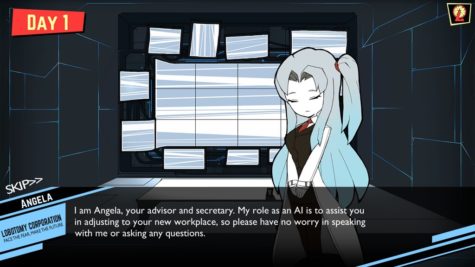
Your A.I. assistant Angela is born from one of the Wings of the World (that means she’s top stuff). Angela definitely brags about it in the most subtle-yet-not way that she can, but she eventually relinquishes the spotlight to the other characters in the story.
If you ask Angela to discuss the company, she’ll educate you on the current energy crisis: conventional means cannot sustain the world’s energy use. Thus, when the discovery of energy-harvestable creatures dubbed “abnormalities” came about, people needed a system to handle it. A corporation—a big one—with dozens of buildings and dozens of people, a corporation with all of the top-tiered equipment needed to keep the energy output going. Lobotomy Corporation developed, and now, you’re filling the important role of manager!
How lucky you are to work in one of the Wings of the World!
Typically, Lobotomy Corp.’s gameplay falls into two categories: the workday and the cutscenes. Although these mesh together much later in the story, for a vast majority of your gameplay, these categories are separate. Cutscenes are simpler in design, so I’ll cover those first.
After you complete missions that other characters have assigned to you (even Angela’s A.I. wouldn’t be able to keep up with everything), or you pass a specific day’s date, or you expand upon a department, you may get a cutscene. These cutscenes expand upon the story and usually consist of player-character interaction.
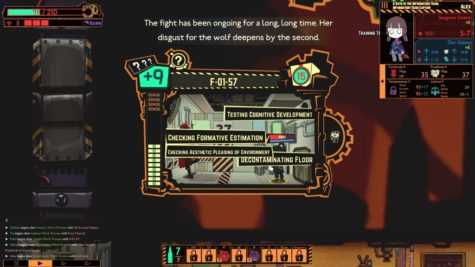
The workday is different—much, much different. Your job, as the manager, is to dictate your employee’s actions. Most abnormalities have four choices of work. In order to generate energy from these creatures, it is up to the player to select an abnormality, a line of work, and an employee. If the abnormality is pleased by that work, then good news: nothing terrible happens! If the abnormality is displeased by the work, however, things change.
Typically, when an abnormality is upset, the chance of them breaching containment increases. In order to get the monster back in its cell, you need to kill it before it kills you (well, more specifically, your employees). Some abnormalities are incapable of breaching, some breach and do minimal damage, and some abnormalities breach and cause me a major headache large amounts of destruction.
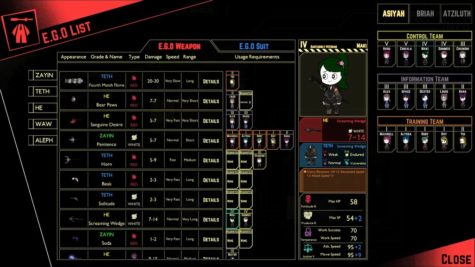
Considering that there’s a chance that these escaped abnormalities are too much to handle, there’s a Reset button! This button allows you to start from the Memory Repository of that day. When all employees die or go insane (it’s inevitably going to happen at some point), the game will give you the Memory Repository button to press. It’s similar to a reset button.
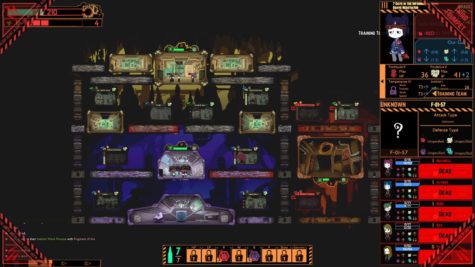
Remember! There’s no shame in pressing the Reset button.
Before I conclude my overview of the game, I’d like to mention some interesting tidbits. This game isn’t American-born. It was designed by a South Korean team with a very small budget. I’m surprised by what they’ve done when they didn’t have the money for anything massive. The damage types (White, Red, Black, and Pale) seem to be referring to the four horsemen of the apocalypse (Conquest, War, Famine, and Death). The characters’ names and the formation of the departments these characters manage form an upside-down version of the Jewish Tree of Life (Kabbalah). These characters are also called Sephirah. An interesting note is that Angela seemingly doesn’t fall under any of these Sephirot categories. This game has had a long process and even a complete overhaul. The game design back in 2016, although similar, had the player interacting with the abnormalities themselves. This version, which is still available, is called the Legacy version. The version we have today was finished on March 31, 2018, which was when the final storyline update happened.
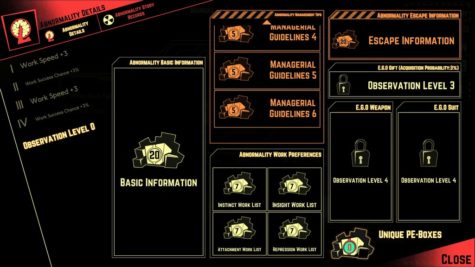
There are so many lovely references in this game, so many details, and such an interesting story to go with it, I could just keep writing. However, these things appear deeper into the game, so you should get the experience of finding out the main story, of discovering your favorite (and least favorite) abnormality, of deciding which department’s Sephirah is the best, and of learning how every puzzle piece fits into place. Watch a play through, read the Wiki, and even buy the game if you want to experience it first hand. All I’m saying is that this game is definitely worth it.
